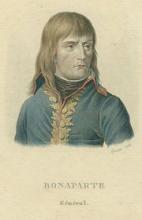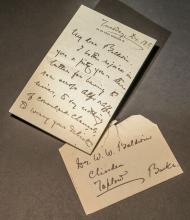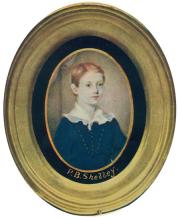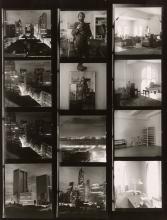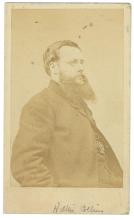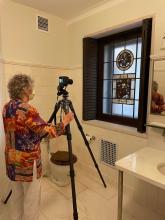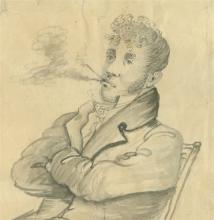Napoleon congratulates Josephine on her (bogus?) pregnancy
Submitted by Carolyn Vega on Wed, 01/26/2011 - 10:51amNapoleon and Josephine were married in March, 1796, just days before he departed to take charge of the French army in Italy. In love with his new wife, Napoleon sent her passionate letters and begged her to join him. Josephine, however, preferred to continue her fashionable life in Paris, and to this end she confided to Murat, Napoleon's confidante, that she was pregnant.

